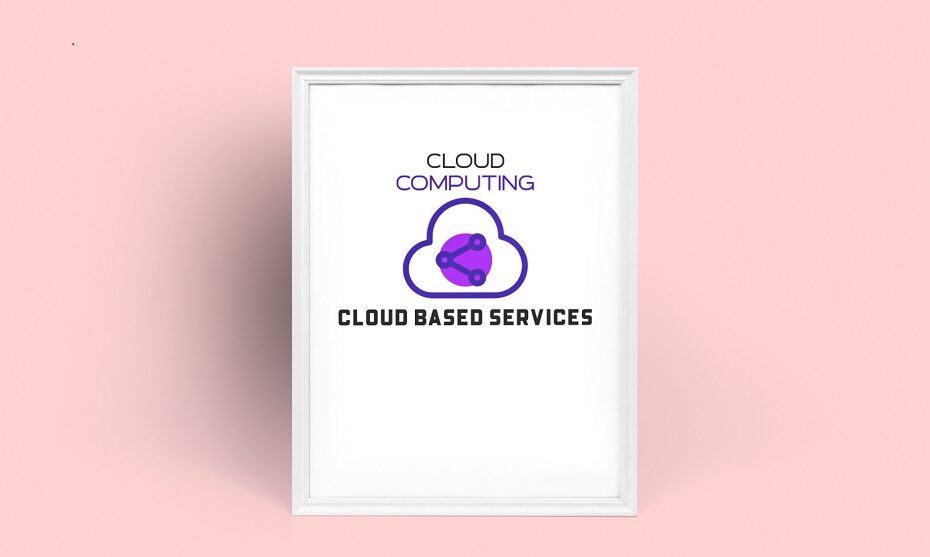Cloud Computing | Advantags and types of Cloud Computing
Cloud Computing:-
Cloud Computing:- Cloud computing term defined as the on-demand delivery of IT resources like
storage, system tools, and network of remote servers at a remote data center managed by a cloud
services provider (or CSP). Instead of buying owning and maintaining a hard drive or local storage device
physical data centers and with the help of cloud-based storage allow consumers to save data to remote
database in which users can access services for a monthly subscription basis or generate bills for them
according to the uses of server resources.
Cloud Based Services:-
cloud computing services are divided into five broad categories:-

IAAS:-
Infrastructure as a Service (IAAS), is an infrastructure that provides on-demand access
to computing resources by cloud servers. It is the fundamental model in which users purchase servers and
software data center space according to their location-based preferences. IAAS a model where users
pay for rent resources that are fully outsourced with the demand service model. It allows scale and
upgraded resources to be distributed as a service. It gives functionality to multiple users on a single
space of hardware.
This model allows users to choose resources as per their needs and select various billing options
according to their budget.
PaaS:-
PAAS:- Platform As A Service (PAAS) is a combination of cloud components and specific software used
to run different applications. PAAS gives options like databases, host servers, storage, and
development tools.
PAAS allows users to choose price plans according to budget and resources. PAAS
users can build, test, deploy run, update, and scale applications more quickly.
The most popular companies in this segment providing leading cloud services are Google Cloud, Amazon Web Services (AWS), Microsoft Azure, and IBM Cloud.
SaaS:-
SAAS stands for Software as a service also called cloud application services. SAAS is a
software licensing model that allows users to access software that is running through external
servers. Users can directly access programs on the web browser with the help of the internet. The best
thing about this model users access software and tools without having to install them on their computers.
SaaS comes with building business applications, which give services like file sharing, calendars, email, and
customer retention management. In today’s era, anyone can access these services by using their mobile
phones which is the most cheap and convenient option these days. Dropbox and Netflix are some of the top service models that are very popular these days.
Xaas:-
Anything as a service (Saas) describes a primary category of cloud computing and remote
access services. XAAS has vide number of products and tools delivered to customers. Xaas is also known
as everything as a service.
XAAS comes with many benefits like:-
Cost-effective
Scalable
Easy access to tools and services
Quick modification
Better Security
Faas:-
Function as a Service:- FaaS is a platform that provides services to customers to build, compute, run, and deploy the
code or package applications as functions. The latest PaaS solutions give serverless options as part
of common workflows that users can use to deploy applications, blurring the lines between FaaS
and PaaS.
Advantages of FaaS
More productivity and faster development time
Easy to scale and uses event-driven architecture
Consumers can pay only for the number of events executed
Functions can be written in any programming language
Also Read:-
AWS vs Azure Security Comparison: A Comprehensive Guide to Network Services
The Most Reliable Luxury SUVs in 2023
Google Ads Affiliate Program for Advertising Products
Emerging trends in the gaming industry 2023

Reviews